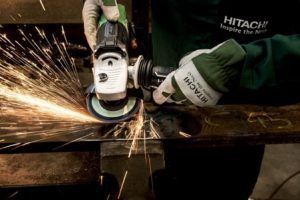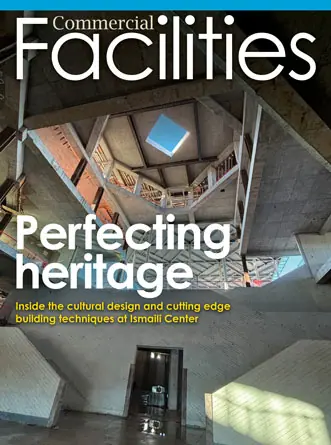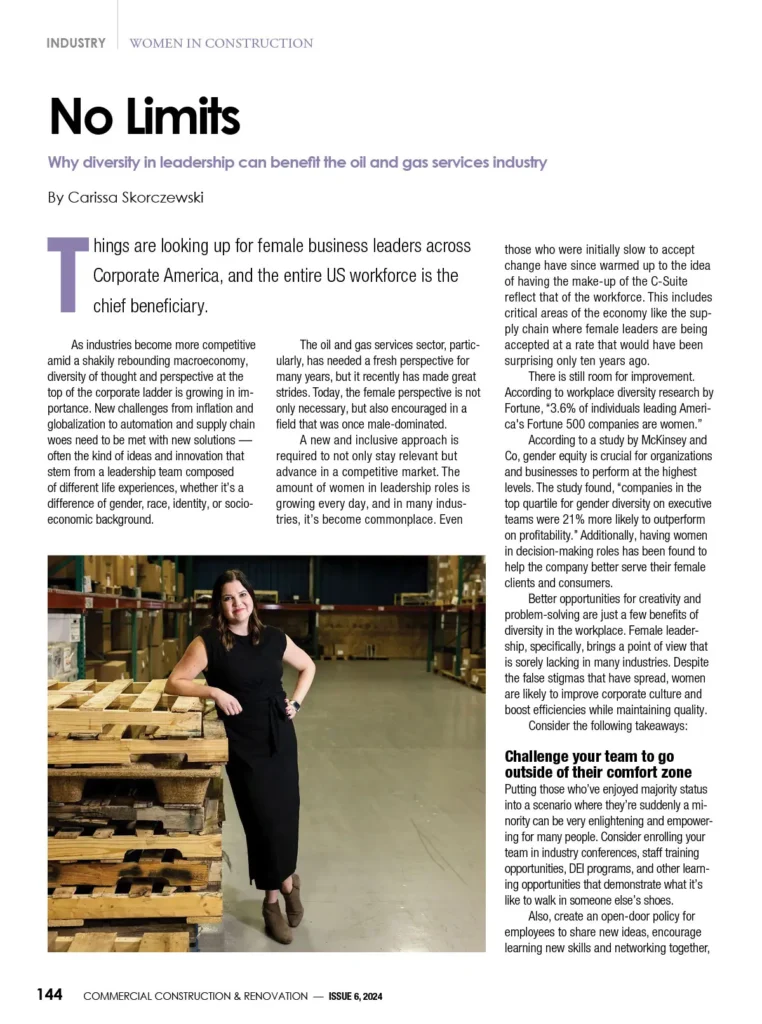These days we have several materials that are famous for their unique properties and high durability. To name a few, we have steel, hardened steel, superalloys, and titanium. These materials are optimized with unique metallurgical properties and can comply with the extreme condition demands.
These are pretty often most heat resistant to corrosion or oxidation and are less sensitive to heat. Although we get to benefit from the toughness, hardness, and durability of these materials, it is often quite challenging to cut through them as well. Toolmakers globally are always perusing how to make specialized tools for these most rigid materials to make cutting through them possible. Some of these tools have unique geometries, while others are made of carbide tooling to optimize the life of that machine while cutting through hard materials. In this guide, we have a list of four tools that you can count on to cut through the hardest materials.

1. Go for the Milling Tools
This category of tools happens to be the toughest in the tools marketplace. There are various manufacturers in the market, and each claims to be providing the best milling tools. You can go for a milling tool with unique cutting geometry, but you should consider the relevant factors before making up a decision. Go for a milling tool with a lighter-and-sharper cutting shape designed especially for high-feed milling applications and plunge milling. A good quality milling tool should cut through even hardened steel, titanium, and other hard materials.
Consider a tool with a comparatively longer life and one that offers a smooth cutting action (to check this, you may have to test it out). Also, it’s a good idea to grab one that is low on power consumption and produces less noise. Look for a design that lets you aim for high radial cut-depths while plunge cutting during roughing, and it should be able to remove the large metal in an axial direction, the same with milling deep shoulders or cavities.
2. Consider the Angle Grinder and a Cutoff Wheel
This is quite a helpful tool that equips you with a lot of power as a mechanist and offers a great degree of versatility. It can cut through mortar, tiles, stone, concrete, and other materials. Basically, you can count on this versatile tool for various materials, like aluminum, steel, or other metals. To be able to cut through different metals, you certainly have to change the cutting wheel to a cutoff wheel option that is specifically made for metals.
A cutoff wheel works like a charm for most materials, but some may require laser cutting tools. However, it might not be a good idea to try to cut polycarbonate with a cutoff wheel because it may be hazardous. This tool is most useful when you are not looking for a clean and smooth edge because this is where the angle grinder-cutoff wheel does its purpose. The cutoff wheel is still pretty good and covers a whole array of hard materials.
3. Go for the Oxy Acetylene Torch
With the oxy-acetylene torch, you can cut through thick metallic pieces that would be impossible to cut otherwise. This torch works by mixing the acetylene and oxygen from tanks, and then you light the nozzle to get a flame (at high temperature), and voila; you can then cut through the hardest materials in an instant. The Oxy-Acetylene torch is one of the fastest cutting tools and is also very convenient because it works with less noise. However, it does require practice before you begin to use it properly.
4. A Cold Saw Could Just be Perfect for You
A cold saw is quite different from a regular chop saw and uses a coolant feature that ensures a convenient cutting experience. The coolant feature primarily focuses on making friction-free cutting happen while ensuring that the cut precision stays intact. However, it is quite an expensive tool, but if you are passionate about this or are in the profession, it is indeed a must-have tool.
For those who deal with cutting through the toughest materials regularly, investing in this tool would be worth every penny. The cold saw comes with durable blades that last long against regular wear and tear compared to other cutting tools. Having these quality blades along with the saw would mean you already skipped the frustration of replacing blades that accompany other cheaper options.

Most of the tools listed above won’t leave you with sharp edges or burrs when you operate them correctly. However, if anything like that happens, you should know that it’s time to change the blade. One expected advantage of all these tools is that they are durable and robust enough to cut through the most rigid materials, so make your pick and go for it.







 The 2024 virtual Men’s Round Table will be held Q4, 2024, date TBD.
The 2024 virtual Men’s Round Table will be held Q4, 2024, date TBD.












